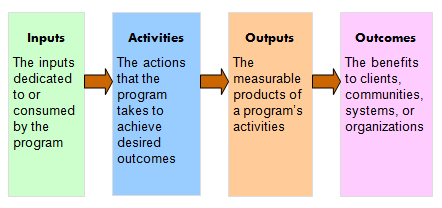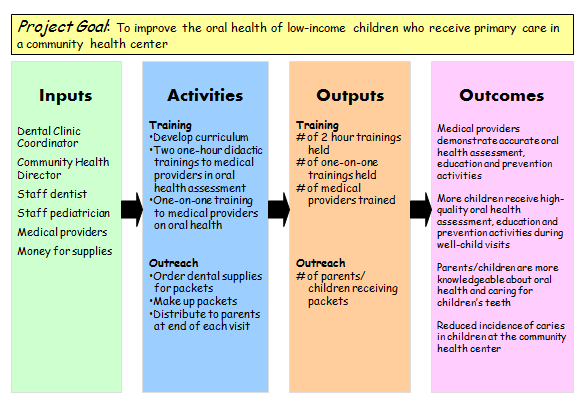|
Section
2: Learner and Context Analysis

In order to develop a quality distance learning
program, analyzing various components of learning is a critical
step to conduct. In this module, you will learn how to analyze
learner, content, context, and instructional objectives to develop
a distance learning program.
Considerations for Instructional Analysis
In conducting instructional analysis for a
distance learning program, it is strongly recommended to take
into account the following general considerations and questions (Davis,
2003).
Need - What population
is served? What is the market need and demand for the program?
Scope - Where does
the program begin and end? What are the general boundaries?
Breadth - How much
is to be covered in this program in the allotted time?
Depth - How deeply
are certain areas to be pursued and in what detail?
Centrality and balance
- Of the many things that could be covered, which ones are most
important and deserve the most emphasis?
Flexibility - To
what extent should participants be given choices within the
program?
Sequence - In what
order should activities take place and does it matter?
Gap - What things
are being left out? Are the gaps unconscious or intentional?
Intention - What
is intended and what actually takes place? Do some outcomes
occur unwittingly?
Learner Analysis
Learner Readiness
As we discussed in learning module 5, in designing
a distance learning program, it is critical to assess whether
the learners are ready to take the instruction. In doing so, instructional
designers need to identify the following four types of readiness:
- Cognitive readiness
- Psychological readiness
- Social readiness
- Technical readiness
Learning Style
While various learning styles are studied
and proposed by many education and psychology researchers, Felder
and Soloman's four types of learning are one of the common methods
to assess learners' learning styles within distance learning environment.
(Abstracted from http://www.engr.ncsu.edu/learningstyles/ilsweb.html)
Active and reflective
learner
- Active learners tend to retain and understand
information best by doing something active with it--discussing
or applying it or explaining it to others. Reflective learners
prefer to think about it quietly first.
- Active learners tend to like group work more
than reflective learners, who prefer working alone.
- Sitting through lectures without getting to do
anything physical but take notes is hard for both learning types,
but particularly hard for active learners.
Sensing and intuitive learners
- Sensing learners tend to like learning facts,
intuitive learners often prefer discovering possibilities and
relationships.
- Sensors often like solving problems by well-established
methods and dislike complications and surprises; intuitors like
innovation and dislike repetition. Sensors are more likely than
intuitors to resent being tested on material that has not been
explicitly covered in class.
- Sensors tend to be patient with details and good
at memorizing facts and doing hands-on (laboratory) work; intuitors
may be better at grasping new concepts and are often more comfortable
than sensors with abstractions and mathematical formulations.
- Sensors tend to be more practical and careful
than intuitors; intuitors tend to work faster and to be more
innovative than sensors.
- Sensors don't like courses that have no apparent
connection to the real world; intuitors don't like "plug-and-chug"
courses that involve a lot of memorization and routine calculations.
Visual and verbal learners
- Visual learners remember best what they see (pictures,
diagrams, flow charts, time lines, films, and demonstrations).
- Verbal learners get more out of words (written
and spoken explanations).
- Everyone learns more when information is
presented both visually and verbally.
Sequential and global learners
- Sequential learners tend to gain understanding
in linear steps, with each step following logically from the
previous one. Global learners tend to learn in large jumps,
absorbing material almost randomly without seeing connections,
and then suddenly "getting it."
- Sequential learners tend to follow logical stepwise
paths in finding solutions; global learners may be able to solve
complex problems quickly or put things together in novel ways
once they have grasped the big picture, but they may have difficulty
explaining how they did it.
Learning Preferences
Learning preferences are different from learning
styles in that they do not significantly influence learning outcomes,
but affect learners' satisfaction from the learning experiences.
As illustrated from the previous learning module, examples of
learning preferences are:
- Time preferences
- Space preferences
- Perceptual preferences
- Interface preferences
Context Analysis
The Logic model of program planning becomes a good
tool to analyze learning context as it illustrates how program
investments link to results (Montague, 1997). The Logic model
contains the following six components for contextual analysis
of distance learning:
Situation:
problem or issue that the program is to address within a setting
or situation from which priorities are set
Inputs: resources,
contributions and investments that are made in response to the
situation. Inputs lead to:
Outputs: the
activities, services, events, and products that reach people
and users. Outputs lead to:
Outcomes:
the results or changes for individuals, groups, agencies, communities
and/or systems.
Assumptions:
beliefs we have about the program, the people, the environment
and the way we think the program will work
External Factors:
environment in which the program exists includes a variety of
external factors that interact with and influence the program
action
A Simplified Process of the Logic
Model

Benefits of the Logic Model
- Clarify the strategy underlying the distance
learning program
- Build common understanding, especially about
the relationship between actions and results
- Communicate what the program is (and is not)
about
- Form a basis for evaluation
Example of Using the Logic Model

|
|
Learning
Activity 1 |
|
If you were asked to
conduct instructional analysis for the ballroom dance program
discussed in the previous learning module targeting a group
of aged workers in your organization, what aspects of the
learner analyses (learner readiness, learning style, and
learning preferences) should you conduct? Provide your explanations.
Submit your answer in the discussion forum (Forum-Module
6, Topic-Learner Analysis) under the Discussions area of
the class homepage. Also review three other students threads
and reply them with appropriate suggestions for each student's
analysis. (2 points)
|

|
Previous
|
|
Next
|
 |
|
